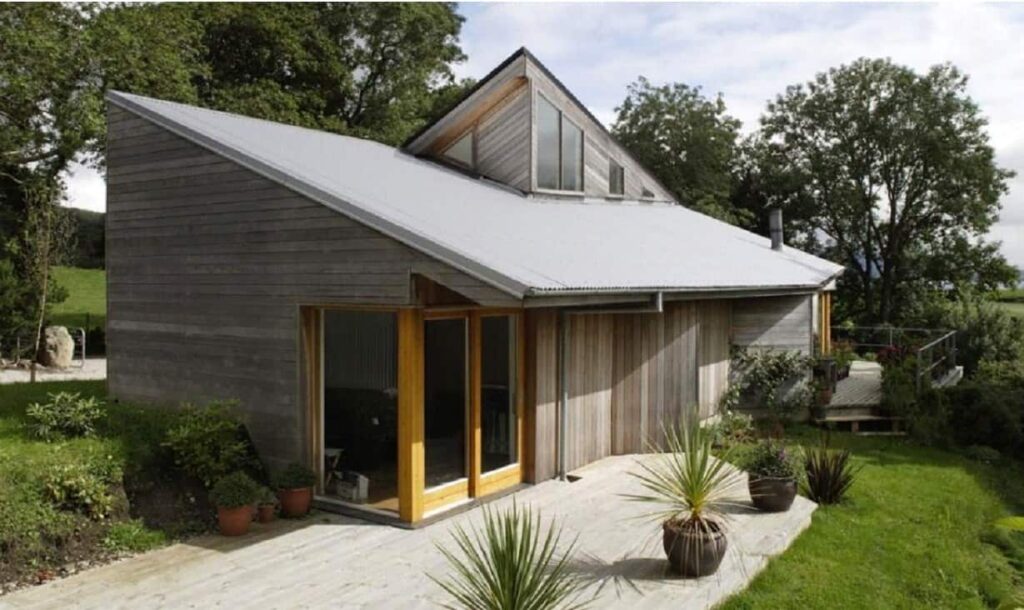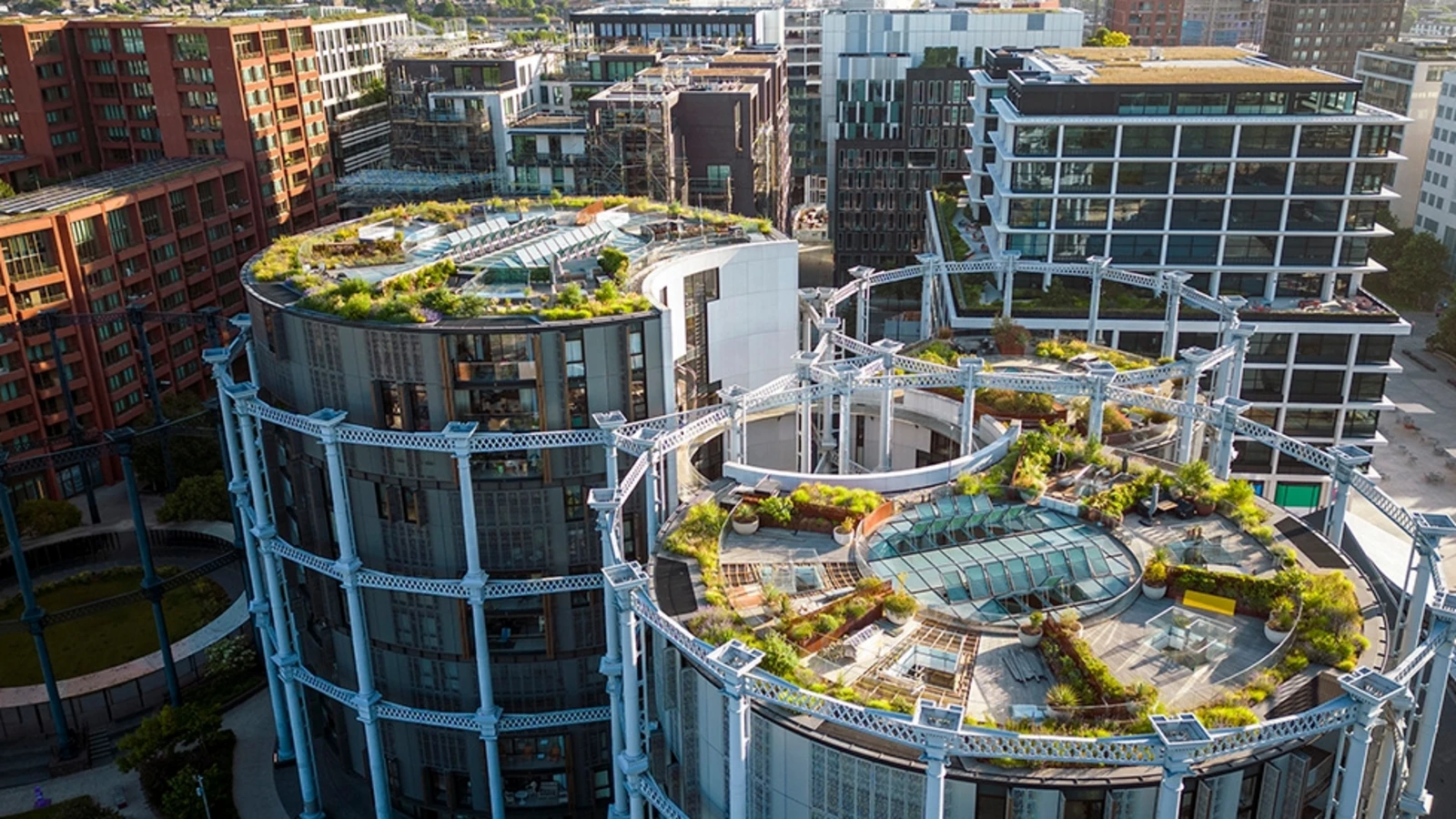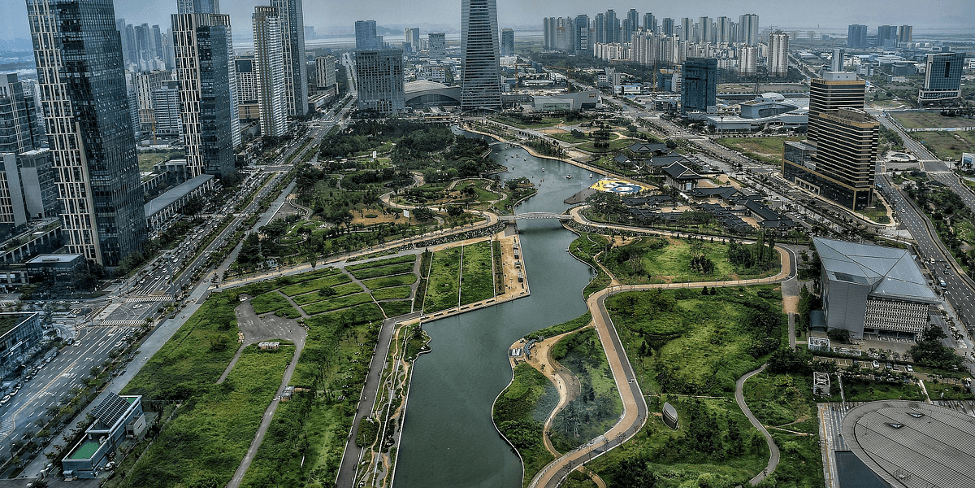
Cold Climate Architecture Strategies for Sustainable Living
Designing buildings for cold climates is both a challenge and an opportunity. The primary goal is to ensure that structures are energy-efficient and comfortable, no matter how harsh the weather becomes. In this article, we delve into various cold climate architecture strategies to create sustainable and efficient homes.

Understanding the Challenges of Cold Climate Design
Before diving into the strategies, it’s important to understand the challenges that architects face in cold climates. These regions experience extreme temperatures, snow, and ice, all of which can affect a building’s structural integrity and energy efficiency. The key is to design structures that not only withstand these conditions but also provide a comfortable living environment.
Key Strategies for Cold Climate Architecture
1. Insulation and Air Sealing
Insulation is perhaps the most critical component of any cold climate building. Proper insulation helps maintain a stable indoor temperature by preventing heat loss. Alongside insulation, air sealing is essential to eliminate drafts and improve energy efficiency. By using materials like spray foam or rigid foam boards, architects can ensure that homes remain warm and cozy.
2. Passive Solar Design
Incorporating passive solar design principles can significantly enhance a buildings energy efficiency. By positioning windows and selecting materials that absorb and store solar energy, homes can naturally heat themselves during the day. This strategy reduces the reliance on artificial heating systems, leading to cost savings and a reduced carbon footprint.
3. Energy-Efficient Windows
Windows play a crucial role in cold climate architecture. Double or triple-glazed windows with low-emissivity coatings are recommended to minimize heat loss. These windows not only insulate the home but also allow natural light to enter, reducing the need for artificial lighting.
4. Use of Recycled Materials
Utilizing recycled materials in construction is an excellent way to improve sustainability. Materials such as reclaimed wood or recycled steel not only reduce the demand for new resources but also add a unique aesthetic to the building design. For more on this, explore our article on recycled materials.
5. Building Orientation
The orientation of a building can significantly impact its energy efficiency. By placing the longest walls facing south, architects can maximize solar gain during the winter months. This strategy is further explored in our article on building orientation.
6. Natural Ventilation
Proper ventilation is crucial for maintaining indoor air quality and preventing moisture build-up, which can lead to mold growth. Incorporating natural ventilation strategies, such as strategically placed vents or operable windows, can improve air circulation without the need for mechanical systems. Learn more about these techniques in our detailed guide on natural ventilation.
Integrating Modern Technology
1. Smart Thermostats
Smart thermostats are an innovative solution for optimizing energy usage. These devices learn the homeowner’s schedule and adjust the temperature accordingly, ensuring that energy is used efficiently. This not only reduces utility bills but also contributes to a more sustainable living environment.
2. Renewable Energy Sources
Incorporating renewable energy sources, such as solar panels or small wind turbines, can further enhance a building’s sustainability. These systems can provide clean energy, reducing the reliance on fossil fuels. For more insights into affordable and innovative housing designs, visit our article on affordable housing designs.
Case Studies and Examples
Passive House Standards
The Passive House standard is a rigorous, voluntary standard for energy efficiency in a building, reducing its ecological footprint. Buildings that meet these standards use significantly less energy for heating and cooling compared to traditional buildings. This standard is particularly beneficial in cold climates, where energy demands are high.
Urban Development and Cold Climates
Urban development in cold climates poses unique challenges, but also offers opportunities for innovative design solutions. The United Nations Economic Commission for Europe has numerous resources on sustainable urban development, which can be explored further through their site here.
Conclusion
In conclusion, cold climate architecture strategies involve a combination of traditional techniques and modern technologies. By focusing on insulation, passive solar design, and renewable energy, architects can create homes that are not only resilient to harsh weather but also sustainable and energy-efficient. These strategies not only benefit the environment but also enhance the quality of life for the occupants.

FAQs
What is the most important aspect of cold climate architecture?
Insulation is the most critical component, as it helps maintain a stable indoor temperature.
How can passive solar design be implemented in cold climates?
By positioning windows to absorb sunlight and using materials that store solar energy, homes can utilize passive solar heating.
Are there specific materials that are best for cold climate buildings?
Yes, materials such as double-glazed windows, recycled materials, and insulated concrete forms are highly recommended.
This article contains affiliate links. We may earn a commission at no extra cost to you.